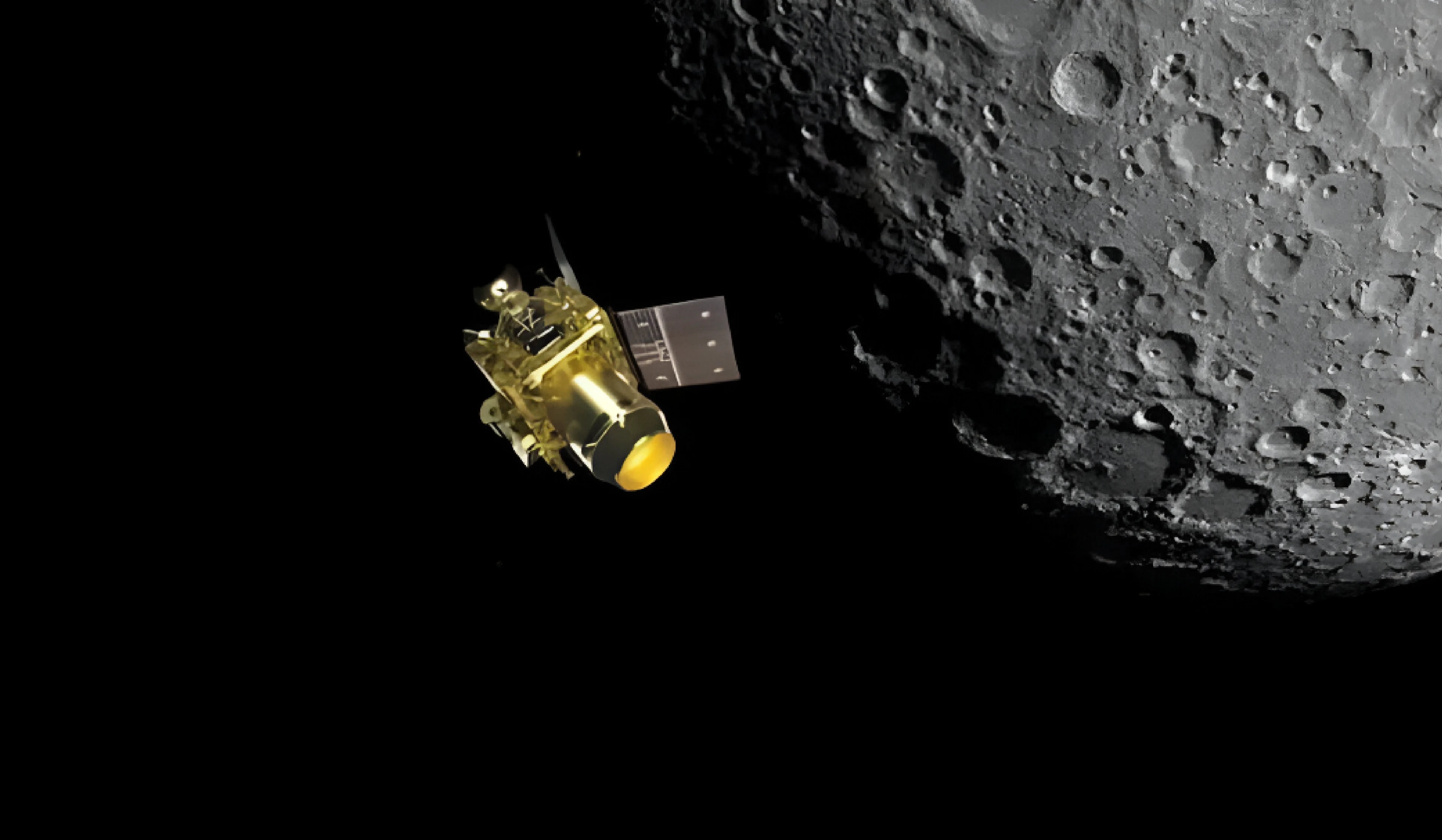The observation was made using the Chandra’s Atmospheric Composition Explorer-2 (CHACE-2) instrument onboard the orbiter.
About CHACE-2
- It is a neutral gas mass spectrometer to study the composition of the lunar neutral exosphere in the mass range 1–300 AMU (atomic mass unit).
What are Coronal mass ejections (CMEs)?
- CMEs are large expulsions of plasma and magnetic fields from the Sun’s corona (the outermost part of the Sun’s atmosphere).
- Causes: This is often associated with solar flares and active sunspot regions where magnetic fields are strong and twisted.
- Frequency: CMEs occur more frequently during the solar maximum phase of the 11-year solar cycle. During solar minima, they are relatively rare.
- Possible Impacts of CME on Earth: Damaging satellite electronics and GPS communication, Power grid failure, Communication Disruptions e.g. radio signal disruption, aurora formation, radiation hazard to astronauts etc.
Key findings of CHACE-2
- When the Coronal Mass Ejection (CME) struck the Moon, it intensified the ejection of atoms from the lunar surface.
- This led to a noticeable rise in number of neutral atoms per unit volume in the dayside lunar exosphere.
- Lunar exosphere is extremely thin atmosphere around the Moon, so tenuous that its gas particles rarely collide.
- This led to a noticeable rise in number of neutral atoms per unit volume in the dayside lunar exosphere.
About Chandrayaan 2
|





